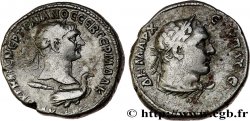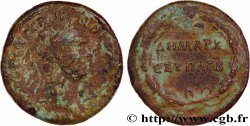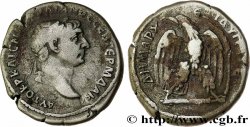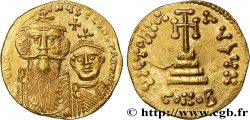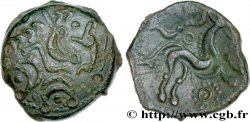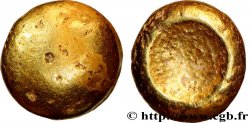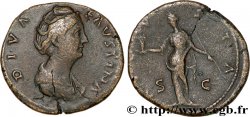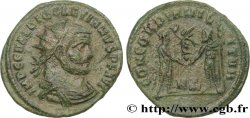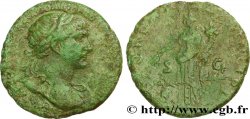E-auction 574-519986 - brm_707848 - TRAJANUS Denier
You must signin and be an approved bidder to bid, LOGIN TO BID. Accounts are subject to approval and the approval process takes place within 48 hours. Do not wait until the day a sale closes to register. Clicking on « bid » constitutes acceptance of the terms of use of cgb.fr private e-auctions.
Bids must be placed in whole Euro amounts only. The sale will start closing at the time stated on the item description; any bids received at the site after the closing time will not be executed. Transmission times may vary and bids could be rejected if you wait until the last second. For further information ckeck the E-auctions F.A.Q.
NO BUYER'S FEE.
NO BUYER'S FEE.
| Estimate : | 120 € |
| Price : | 72 € |
| Maximum bid : | 88 € |
| End of the sale : | 15 April 2024 14:23:20 |
| bidders : | 11 bidders |
Type : Denier
Date: 105
Mint name / Town : Roma
Metal : silver
Millesimal fineness : 900 ‰
Diameter : 18 mm
Orientation dies : 7 h.
Weight : 3,18 g.
Rarity : R1
Officine: 1re
Coments on the condition:
Monnaie idéalement centrée. Joli buste, bien venu à la frappe. Revers agréable. Patine grise
Catalogue references :
Obverse
Obverse legend : IMP TRAIANO AVG GER DAC P M TR P COS V P P.
Obverse description : Buste lauré de Trajan à droite, drapé sur l’épaule gauche (O*2).
Obverse translation : “Imperatori Traiano Augusto Germanico Dacico Pontifex Maximus Tribunicia Potestate Consuli quinto, Patri Patriæ”, (À l’empereur Trajan auguste germanique, dacique, grand pontife, revêtu de la puissance tribunitienne, consul pour la cinquième fois, père de la patrie).
Reverse
Reverse legend : S P Q R OPTIMO PRINCIPI.
Reverse description : Pax (la Paix) assise à gauche, tenant une branche de la main droite et un sceptre de la main gauche ; à ses pieds, un Dace à genoux.
Reverse translation : “Senatus Populus Que Romanus Optimo Principi”, (Le sénat et le peuple romain, au meilleur des princes).
Commentary
Il revient à l’école anglaise et aux travaux de P. V. Hill, The dating and arrangement of the Undated Coins of Rome AD. 98-148, Londres 1970, d’avoir reclassé les différentes émissions de l’atelier de Rome, grâce à la théorie des cycles et d’avoir mis en lumière l’organisation de l’atelier de Rome qui travaille en officines et non pas en fonction du métal comme l’avaient décrit les numismates du XIXe siècle.
He returns to the English school and the work of PV Hill, The dating and arrangement of the Undated Coins of Rome AD. 98-148, London 1970, to have reclassified the different emissions of the Rome workshop, thanks to the theory of cycles and to have shed light on the organization of the Rome workshop which works in pharmacies and not depending on the metal as described by 19th century numismatists
He returns to the English school and the work of PV Hill, The dating and arrangement of the Undated Coins of Rome AD. 98-148, London 1970, to have reclassified the different emissions of the Rome workshop, thanks to the theory of cycles and to have shed light on the organization of the Rome workshop which works in pharmacies and not depending on the metal as described by 19th century numismatists








 Report a mistake
Report a mistake Print the page
Print the page Share my selection
Share my selection Ask a question
Ask a question Consign / sell
Consign / sell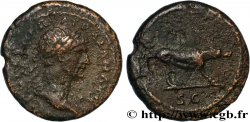
 Full data
Full data
